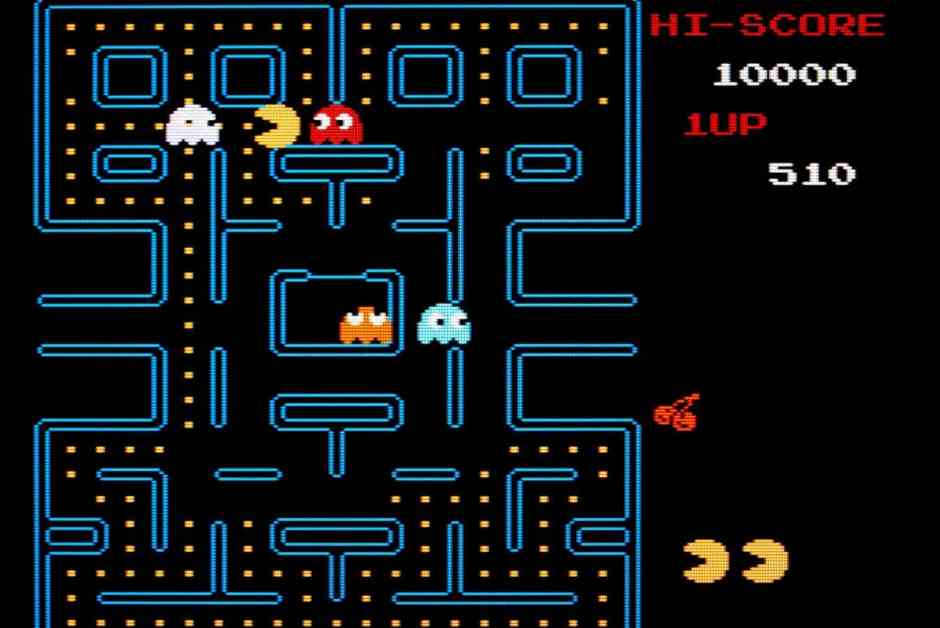Artificial intelligence technology has reached a new milestone in predicting and mimicking monkey behavior while playing the classic video game Pac-Man. Researchers at the Chinese Academy of Sciences, led by Tianming Yang, successfully trained two rhesus monkeys to play Pac-Man by rewarding them with juice for completing tasks in the game.
The monkeys were tasked with collecting all the dots in a maze while avoiding capture by ghosts, a fundamental aspect of the game. Additionally, they were trained to get Pac-Man to eat the ghosts after consuming a special dot that made them vulnerable. Through this training process, the researchers were able to observe and record the monkeys’ gameplay patterns and eye movements.
What sets this study apart is the integration of artificial intelligence (AI) technology to analyze and predict the monkeys’ behaviors. The AI model developed by the research team was able to accurately predict the choices made by the monkeys during gameplay. Furthermore, the AI technology successfully mimicked the eye movements of the monkeys, indicating a level of cognitive processing similar to that of mammals.
This groundbreaking research showcases the potential of AI in understanding and predicting animal behavior, particularly in the context of complex tasks like playing video games. By studying the interactions between AI technology and monkey behavior in Pac-Man, researchers can gain valuable insights into cognitive processes and decision-making mechanisms.
The implications of this study extend beyond the realm of video games and animal behavior. Understanding how AI can simulate and predict mammalian behaviors opens up new possibilities in fields such as neuroscience, psychology, and artificial intelligence research. By bridging the gap between machine intelligence and animal cognition, scientists can unlock a deeper understanding of the human brain and its capabilities.
As technology continues to advance, studies like this highlight the importance of interdisciplinary research and collaboration. By combining expertise in AI, neuroscience, and animal behavior, researchers can push the boundaries of knowledge and innovation. The integration of AI in predicting monkey behavior in Pac-Man represents a significant step forward in the quest to unravel the mysteries of the mind.
Overall, this study marks a significant achievement in the field of AI and animal behavior research. By leveraging the power of technology to understand and predict complex behaviors, researchers are paving the way for exciting discoveries and advancements in cognitive science. The intersection of AI and animal cognition holds immense potential for shaping the future of research and innovation in diverse fields.






